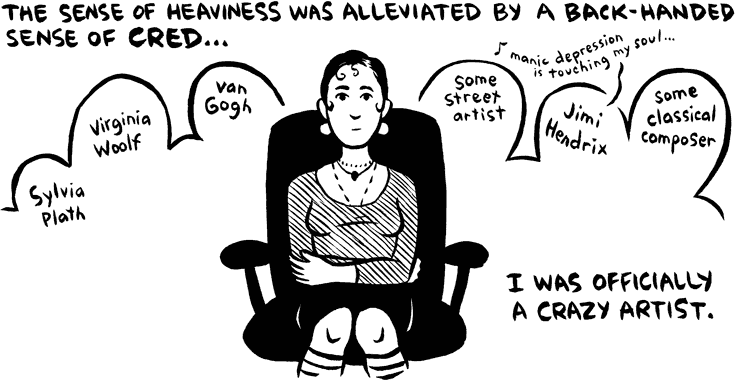Macdonald is devastated when her father dies unexpectedly. She had had a lifelong, deep interest in falcons and, out of this passion and as a distraction, she decides to acquire and train a goshark.
When you are broken, you run. But you don't always run away. Sometimes, helplessly, you run towards.The goshawk was an unusual choice. Macdonald explains and explores the idea that falconry has been the domain of the nobility, partly because large tracts of land - estates - are necessary for hunting, and the language and customs of falconry are precise and mannered. Modern falconry is steeped in this aristocratic history, which for some, promotes a special kind of identity that tends to exclude outsiders. Falconry was a passion and source of style in Nazi Germany. But, unlike the noble falcons, the goshawk, Macdonald explains, is a low, murderous bird
They were things of death and difficulty: spooky pale-eyed psychopaths that lived and killed in woodland thickets.Because it needs only short flights to run down its prey, a goshawk can be trained on small properties. Hunting with goshawks is thus possible for commoners and is, basically, low class.
Compared to those aristocratic falconers, the austringer, the solitary trainer of goshawks and sparrowhawks, has had a pretty terrible press. 'Do not house your graceless austringers in the falconer's room', sniped the fourteenth-century Norman writer Gace de la Bigne. 'They are cursed in scripture, for they hate company and go alone about their sport. When one sees an ill-formed man, with great big feet and long shapeless shanks, build like a trestle, hump-shouldered and skew-backed, and one wants to mock him, one says, "Look, what an austringer!"'Macdonald herself is pretty feral and her grief over her father's death drives her to some outrageous and heart-rending behavior. But her reflections are sharp and the descriptive writing is brilliant - fresh and vivid. And though this is a dark book, it is laced with humor and, ultimately, is optimistic. A terrific read.









